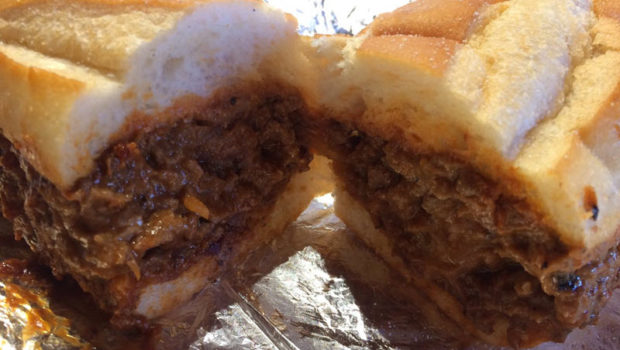No Time for Beer and Sandwiches
Published on March 2nd, 2017
by Bill Draheim, Gus Sails
The average racer typically does a good job of keeping the boat “on track” upwind. If the boat gets too high, the sails start luffing. If the boat gets too low, the tell-tales stall. Downwind, the boat can be pointed in any direction and the sails look fine. This forces the team to look for additional clues to find the correct track – the top racers are excellent at this!
As you approach the weather mark, someone on the boat should be looking upwind. Try to get a picture of what the wind is doing for at least the next mile upwind of the mark. Observed variations in velocity and direction will help you decide which gybe to be on downwind.
Just before the mark, note which upwind tack is lifted. If starboard tack is substantially lifted, it is paramount to gybe at the weather mark (or offset mark). If port tack is lifted, simply bear off on starboard gybe.
Very important: After rounding the weather mark, this is not the time for beer and sandwiches. You still have work to do.
Hopefully you’re set up well tactically and can now focus on the tough stuff, sailing the correct “track”! Finding the leeward mark is more difficult than finding and staying in touch with the weather mark because a pile of fully eased sails on others boats are blocking your view. Someone on your boat, and hopefully the helmsman, should have a continuous leeward mark sight.
A good starting point for the offwind leg is to sail the closest angle toward the leeward mark. If the wind lessons or a puff is developing off your windward side, you might head up a little. If the wind increases, you need to sail lower, even lower than rhumb line!
Sailing low in the puffs is a technique the average racer has trouble with. Sailing low in the puffs keeps the boat in the puff longer and helps you gain distance to leeward. I think part of the psychology in the average sailor’s head is the temptation of bringing the puff up to the boat ahead, blanketing that boat and reaching over and around that boat.
The two biggest problems with this approach are that a good racer won’t let you get on their air and the distance you’re wasting relative to the leeward mark while in a puff means you will lose distance to the rest of the fleet. If you are bringing a puff to a boat in front, sail below that boat. That is what the top boats do!
Develop the idea that the concentration needed to sail fast offwind exceeds the concentration needed to sail fast upwind. With practice your effort will be rewarded with big gains on the offwind legs!









 We’ll keep your information safe.
We’ll keep your information safe.